
Francesca Du Brock receives the Marica Vilcek Prize in Art History for her holistic and comprehensive approach to exhibition curation and to public education and engagement with art through museum programming.
As an artist, art historian, and the current chief curator of the Anchorage Museum, Du Brock’s work embodies the spirit of collaboration and inclusivity, emphasizing the importance of diverse perspectives in museum spaces. A lifelong Alaskan, Du Brock draws profound inspiration from her surroundings, often focusing on one of the world’s most pressing issues: climate change. Her dedication to reflecting the voices and experiences of diverse communities is evident in her projects.
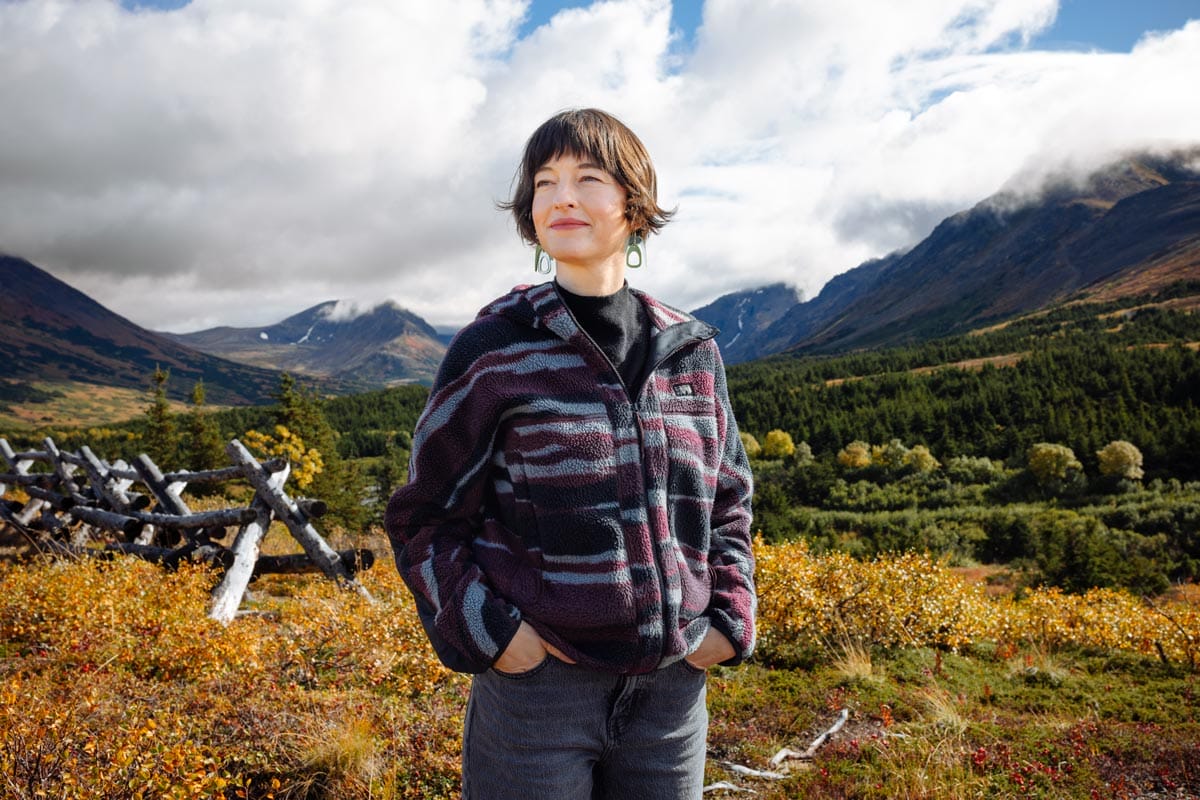
Du Brock holds multiple degrees, including an MFA from San Francisco Art Institute and an MEd from Harvard Graduate School of Education, however, she feels strongly that you don’t need a PhD to be a good curator. She believes that relevant life experience, community connections, and general enthusiasm for learning and storytelling can go a long way.
In her practice, Du Brock conscientiously works interdisciplinarily and across institutions with curators, cultural leaders, and artists to “build meaningful relationships based on learning and exchange.” This informs her ethos as a curator, director, and educator: She aims to forge new pathways, models, and relationships that serve greater cultural exchange and knowledge sharing.
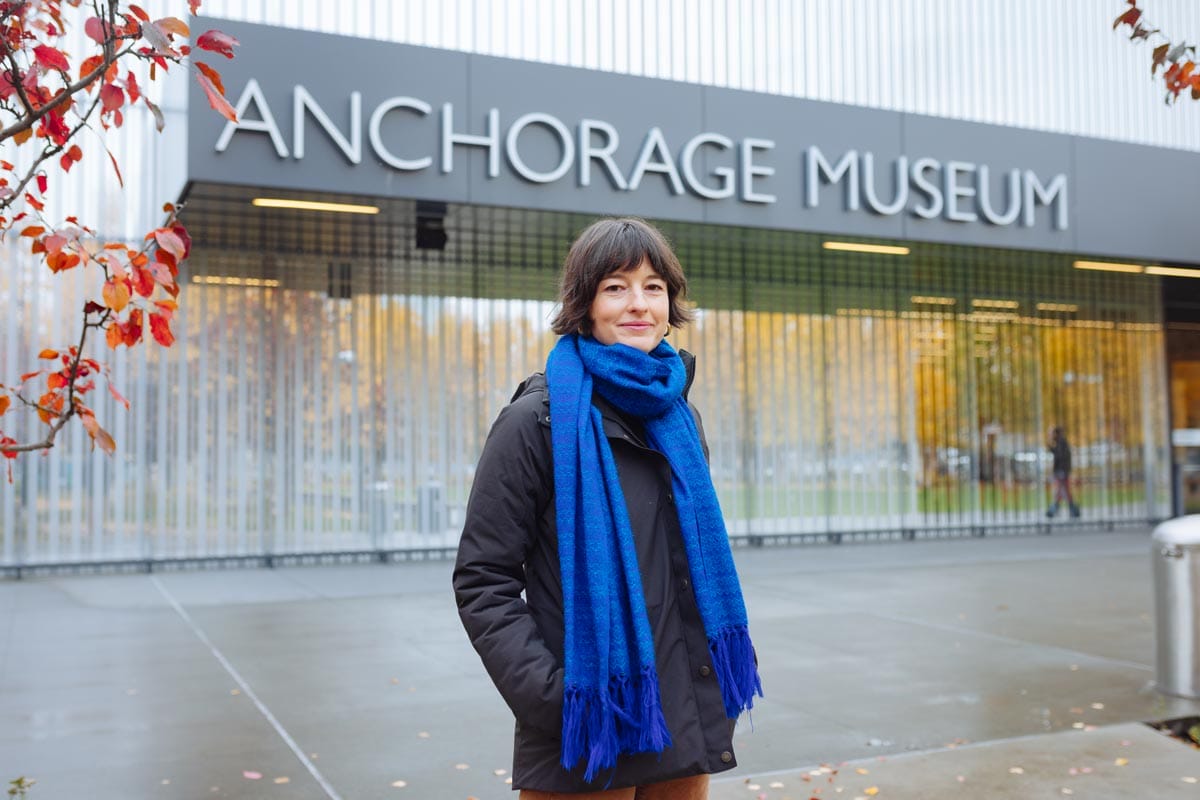
The exhibition How to Survive—one Du Brock’s latest and most notable projects—spans 7,500 square feet and explores how the ethics of care can help reshape systems of injustice that are perpetuating climate change. The project also served as an opportunity to experiment with more sustainable practices and approaches for building out installations.
Du Brock’s passion for her work in her home state is evident. “I feel privileged to work in Alaska, where I was born and raised,” Du Brock says. “I am inspired by Alaska’s extreme seasonal shifts and changing patterns of daylight…. Learning about the essential character of the land is important to me as a person as well as a curator. I feel that what I may gain from traveling in the backcountry of Alaska is just as valuable and as relevant to my curatorial work as a visit to the Venice Biennale.”
Awards & Accomplishments
- Center for Curatorial Leadership Fellowship (2025)
- Member, CIMAM – International Committee for Museums and Collections of Modern Art (2024)
- AAMC Exchange Program for International Curators Fellowship (2023)
- Member, The Association of Art Museum Curators
Follow Francesca Du Brock
Related Prize Recipients
Oluremi C. Onabanjo
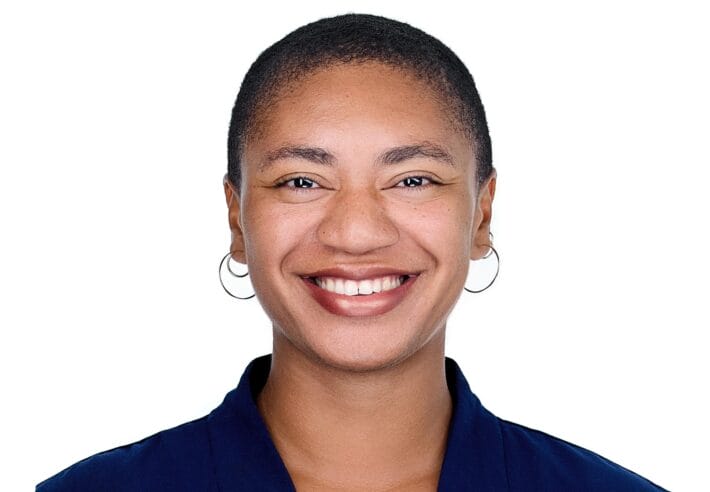
Donna Honarpisheh
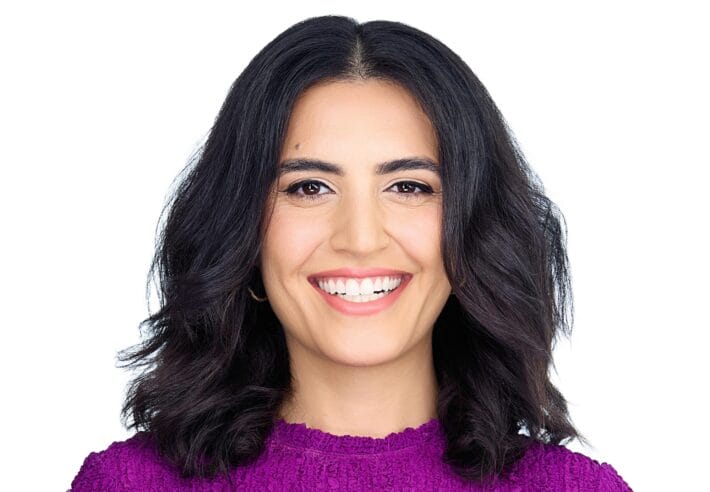
Bernardo Mosqueira
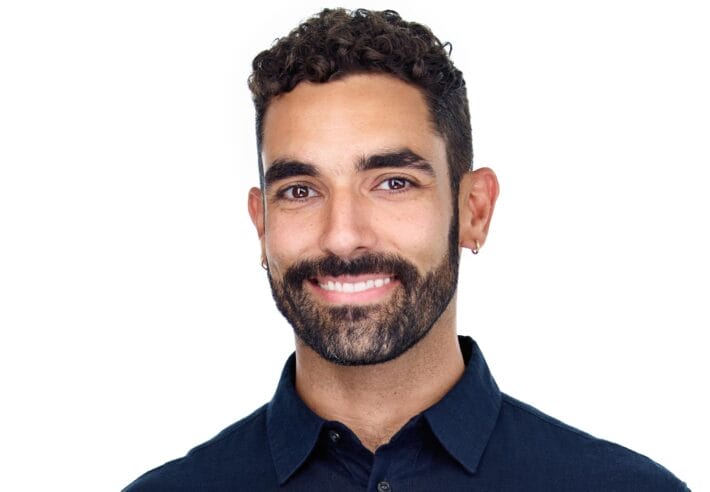
You may also be interested in
Vilcek Foundation Awards $100,000 Art History Prize to Francesca Du Brock
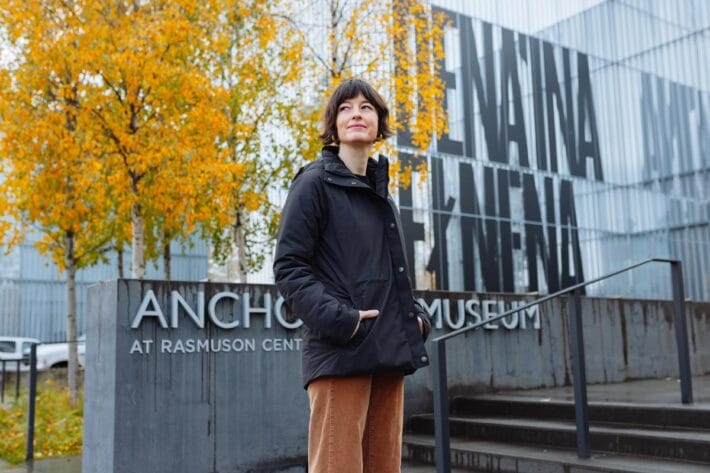
Francesca Du Brock: Curating Alaska
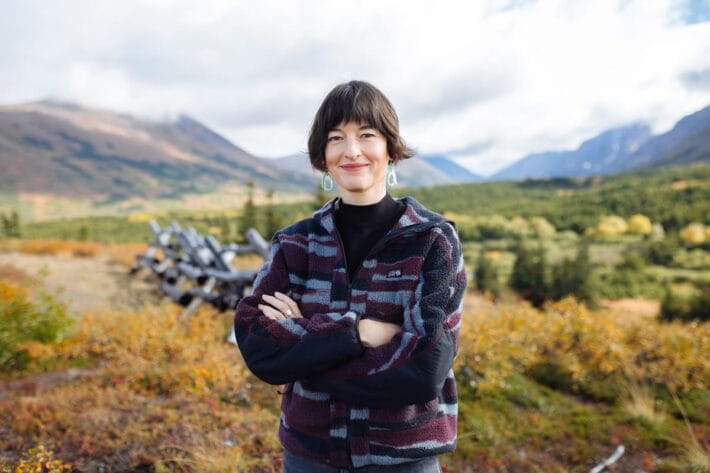
The Center for Curatorial Leadership
